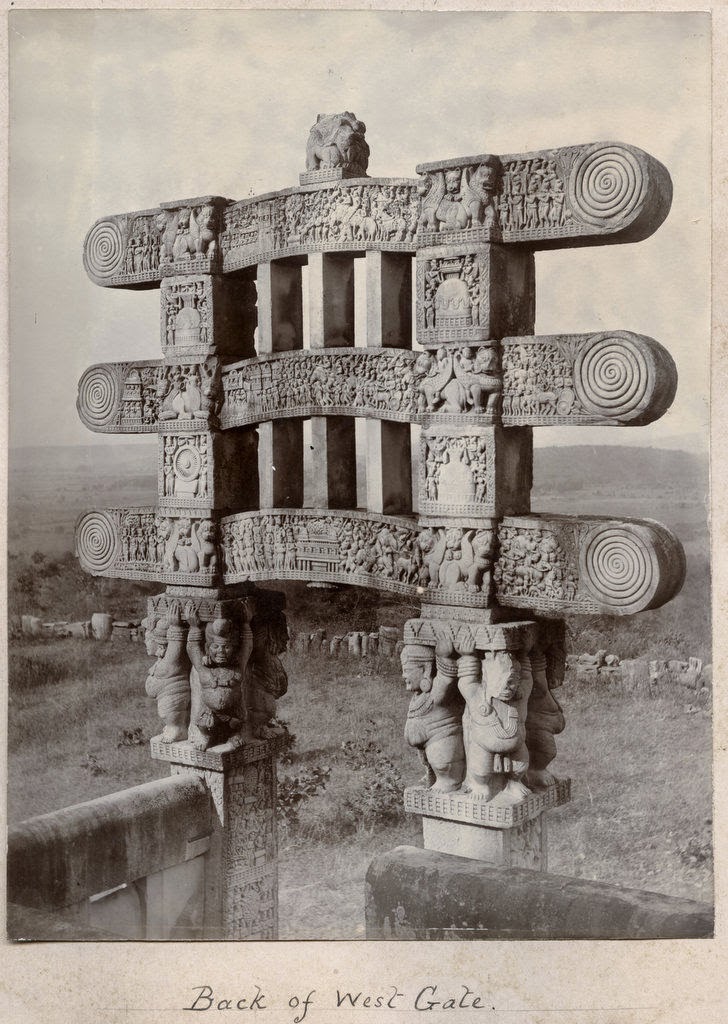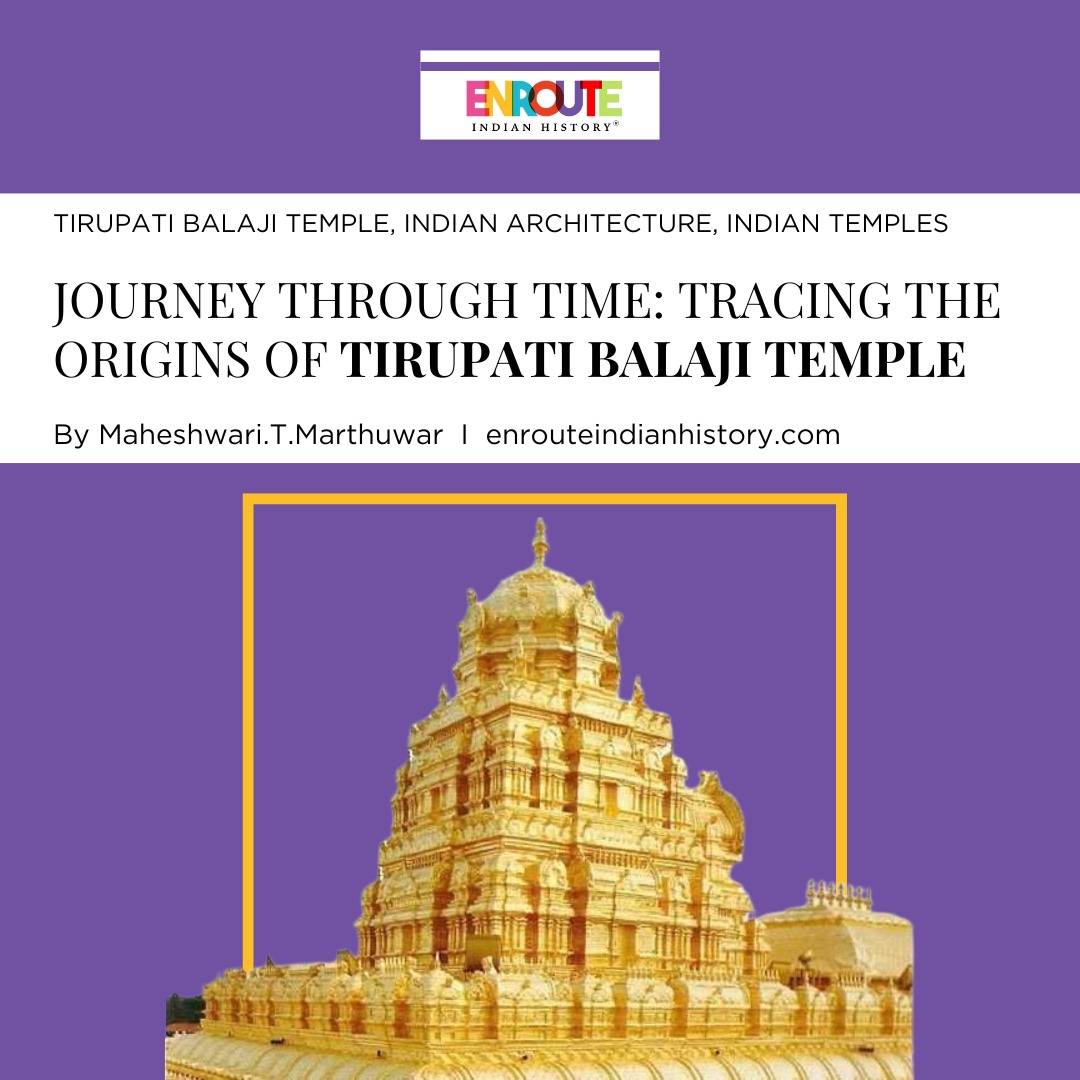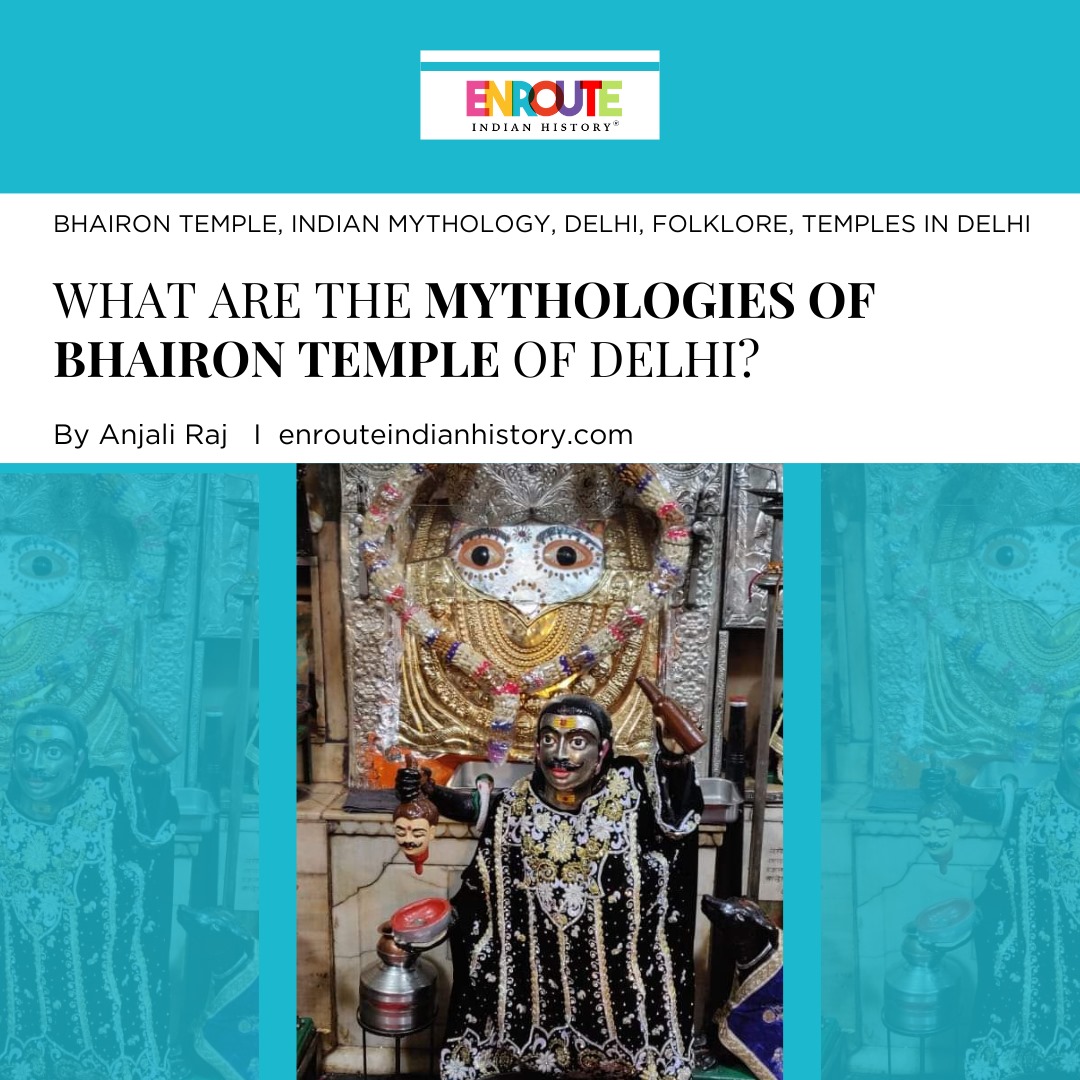INSCRIPTIONS AT SANCHI STUPA: Ancient Signatures and What Do They Say
- enrouteI
- August 12, 2023

The Buddhist relics at Sanchi hold a profound historical and religious significance, making the site a pilgrimage destination for Buddhists worldwide. The Great Stupa itself was originally commissioned by Emperor Ashoka in the 3rd century BCE to enshrine the sacred relics of Lord Buddha. These relics are said to be his bodily remains or the objects associated with him. Over the centuries, Sanchi Stupa prominence attracted the attention of various dynasties, each leaving its mark on the site. During the Shunga dynasty (2nd century BCE to 1st century CE), the Great Stupa was expanded and renovated, with the addition of the elaborately carved toranas that we see today. The Satavahana dynasty (1st century BCE to 2nd century CE) also contributed to the site’s development, adding several decorative gateways. The Gupta dynasty (4th to 6th centuries CE) constructed a group of temples and monasteries in the vicinity. These monastic establishments, known as the Sanchi Complex, flourished as centres of Buddhist learning and spiritual practice. The complex housed monks from diverse regions, making it a melting pot of cultures and ideas. During the decline of Buddhism in India, Sanchi lost its prominence, and the site was eventually abandoned. It was rediscovered by British archaeologists in the 19th century, leading to its restoration and preservation as an essential archaeological site.

Sanchi premises, Manmeet Randhawa
THE GREAT STUPA
The great stupa is the oldest monument on the site. Built in the 3rd century BCE by Ashoka, the structure consists of a hemispherical dome called the anda, which houses the sacred remains. In Buddhist architecture, the anda symbolises the dome of heaven. Atop the same is a square railing called the harmika, between which stands the central pillar or the Yashti. The yashti holds a triple umbrella structure known as the chattra, signifying the three jewels of Buddhism – The Buddha, Dharma and Sangha. Beneath this is the circular terrace known as medhi and the low-lying wall that encircles the entire structure – Vedika.

Great stupa, Britannica
The stupa is surrounded by four major gateways known as the Torans. It is believed that the earliest torana, the southern gateway, was constructed during Ashoka’s reign, while the rest were erected over time by the Shunga and Satavahanas. These gateways and the pillars along the stupas wall played a key role in the deciphering of the Brahmi script. Archeologist Narayan Vyas, in a discussion with Hindustan Times, mentions how James Prinsep referenced them in his notes. The stupa is adorned with hundreds of inscriptions that look almost identical. These signified donations made by various patrons and end with the word ‘danam’. This word gave Prinsep the key to unlocking a myriad of ancient cultures. Interestingly, when looking through these inscriptions, people often notice one that looks drastically different from the rest. This is due to it being inverted. The story goes, as narrated by the guides on site, that during the massive restoration project, the workers accidentally placed the stone piece upside down, a mistake that wasn’t noticed until it was too late.

The great sanchi stupa commissioned by Mauryan King Ashoka. Image clicked ca. 1890.
THE TORANA
The toranas at Sanchi are exquisite and intricately carved gateways that adorn the Great Stupa, adding a captivating dimension to its architectural splendour. These gateways hold immense religious and symbolic significance in Buddhism, as they are not just decorative elements but serve as monumental storytelling platforms.
The toranas are four in number, positioned at the cardinal points of the stupa – north, south, east, and west. The southern gateway is the oldest and most well-preserved among them. Each torana consists of two vertical pillars with a horizontal architrave connecting them at the top. The top of the architrave often features elaborate stone carvings, and the space between the pillars displays narrative scenes and decorative motifs.

Eastern gateway, Manmeet Randhawa
The carvings on the toranas depict various episodes from the life of Buddha, illustrating key moments such as his birth, enlightenment, first sermon, and eventual passing into parinirvana. It’s important to note that there is no depiction of the Buddha in human form as it was believed that the human body would be too confining for him. The northern gateway has the most intricate and well-preserved panels with the bottom two depicting the Buddha’s life, but the top panel is rather surprising. The panel shows foreigners of Greek descent making a dedication at the southern gateway. The figures have curly hair and can be seen wearing flowing sheets like Greek attire.
The Eastern Gateway focuses on the story of Ashoka building the Bodh Gaya temple after having found the sanctimonious location in avid disarray. Ashoka is also heavily featured on the southern gateway which is the oldest. Here are depictions of the War over Buddha’s relics. It is believed that after the passing of Buddha, his ashes were left with the Mallas of Kushinagar but conflict soon followed. The eight royal families and his disciples soon reached an agreement to equally divide the relics and preserve them. These stories are depicted on the panels in pictorial detail. Centuries later, the relics were acquired by Ashoka from the eight kingdoms though the Nagas at Ramagrama refused and proved too powerful. Additionally, the toranas also depict Jataka tales, stories that recount the previous lives of Buddha before his enlightenment. These carvings not only celebrate the life of Buddha but also serve as an educational medium for Buddhist teachings.
The intricate details, flowing lines, and skilled craftsmanship on the toranas are a testament to the artistic brilliance of ancient Indian sculptors. The symbolic elements on the gateways, such as lotus motifs and mythical creatures, further enhance their spiritual significance. An inscription of the Southern gateway also credits the Ivory Carvers of Vidisha with the creation of the panels.

The back of the western gateway. Image clicked ca. 1890
THE CHANDRA GUPTA II INSCRIPTION
The inscription of Chandra Gupta II at the Sanchi Stupa is a significant historical artefact that sheds light on the emperor’s achievements and patronage during his rule. Chandra Gupta II, also known as Vikramaditya, was a powerful ruler of the Gupta Empire during the 4th and 5th centuries CE. The inscription is carved on one of the gateways (toranas) of the Great Stupa at Sanchi. It highlights Chandra Gupta II’s support for Buddhism and his contributions to the site. The inscription describes the restoration and embellishment work undertaken by the emperor, which enhanced the grandeur and beauty of the stupa complex.

Chandra Gupta II inscription, Manmeet Randhawa
As a devout patron of Buddhism, Chandra Gupta II’s inscription at Sanchi is a testament to his religious tolerance and his efforts to promote and support various faiths within his empire. His inscription reflects the strong connection between the Gupta rulers and Buddhism, further solidifying Sanchi’s importance as a significant Buddhist pilgrimage site. Beyond the religious context, Chandra Gupta II’s inscription provides valuable historical information about the Gupta Empire’s political and cultural influence during his reign. It serves as a crucial historical document that helps us understand the ruler’s achievements and his contributions to the artistic and architectural landscape of ancient India.
The Sanchi Stupa is a marvellous source of Buddhist history. The ruins at Sanchi hold a captivating story of ancient architecture and monastic life. As visitors explore this historical site, they encounter the remains of numerous structures that once comprised a thriving monastic complex. Among the ruins are the remnants of monastic cells, meditation halls, and other structures, offering insights into the daily lives and spiritual practices of the Buddhist monks who inhabited this site centuries ago. The simplicity and elegance of the architecture reflect the profound commitment to a contemplative and ascetic way of life. Sanchi provides an opportunity to connect with the past, offering glimpses into the religious and cultural practices that flourished in this region. As visitors walk among the remnants, they can feel the spiritual aura that once enveloped the site, experiencing a sense of tranquillity and reverence. While the Great Stupa may be the centrepiece of Sanchi, the surrounding ruins contribute to the site’s historical significance and underscore its status as a prominent Buddhist centre of learning and worship during ancient times.
References
Dokras, U. (2021). SANCHI Some nuances of the Gandhara Art. Indo Nordic Authors Collective.
Panyalertsinpaisarn, K. (2020). Study on the Sanchi Stupa ruins. School of Buddhist Studies, Philosophy and Comparative Religion.
Sarkar, S. (2015). Sanchi inscriptions served as key to decipher Brahmi script. Hindustan Times.
Guha-Thakurta, T. (2013). The Production and Reproduction of a Monument: The Many Lives of the Sanchi Stupa. South Asian Studies, Afterlives of Monuments.
- May 15, 2024
- 6 Min Read
- April 25, 2024
- 25 Min Read
- April 25, 2024
- 14 Min Read

























